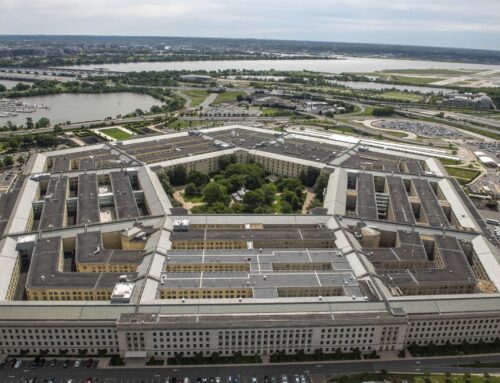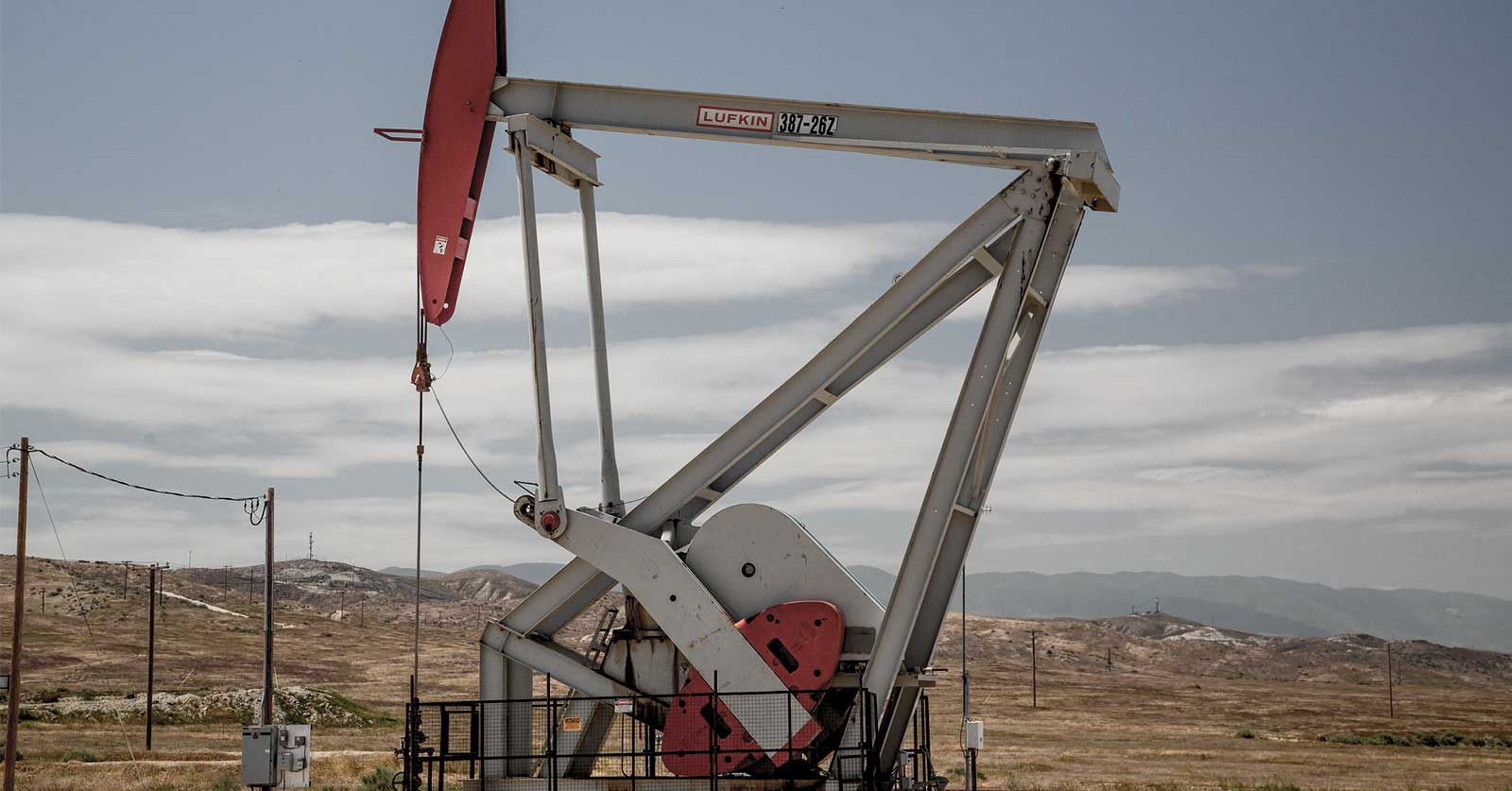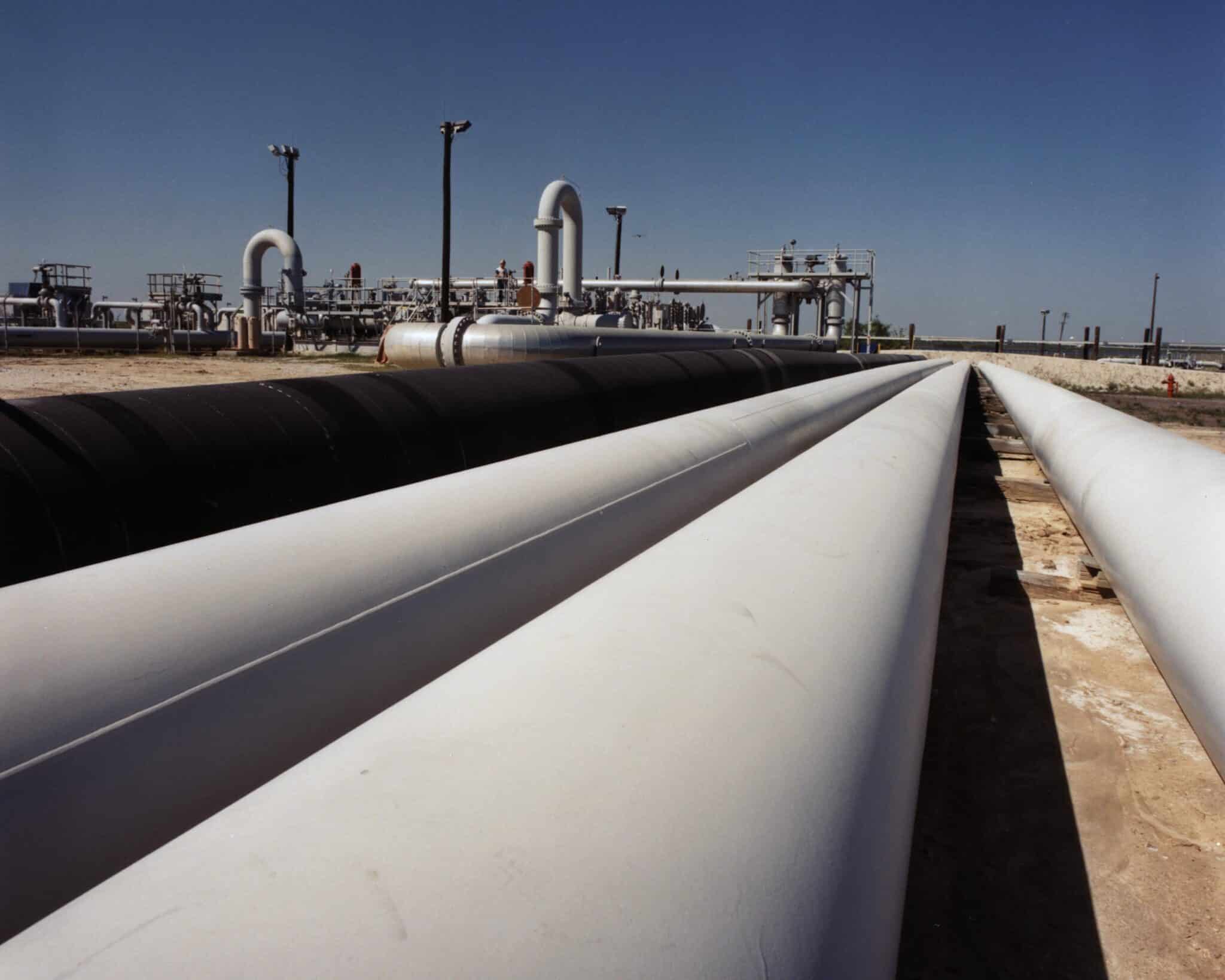The Department of Energy failed to meet its deadline earlier this week to tell Congress how much money taxpayers will have to spend on a superlaser that is already $1 billion over budget.
The laser, the National Ignition Facility (NIF), is a Department of Energy (DOE) nuclear weapons project being constructed at the Lawrence Livermore National Laboratory in northern California.
Current plans call for the stadium-sized National Ignition Facility to focus the light from 192 powerful lasers on a tiny target, creating for a brief instant temperatures and pressures similar to those inside a nuclear explosion or at the sun's core.
The project, which has been under construction since 1997, has encountered a series of problems, including the resignation of its director, construction delays and massive cost overruns.
NIF is also the single most costly element of the DOE's nuclear weapons program (called Stockpile Stewardship), although its value has remained questionable. As a purported energy source, the NIF program remains a terrible investment for taxpayers because the future of laser fusion is highly speculative. A commercially viable fusion demonstration plant will not be possible for at least three or four decades, if ever.
The original price tag for construction of the superlaser was $1.2 billion. But since technical problems came to light last summer, so far cost overruns have totaled nearly $1 billion.
The DOE is seeking Congressional approval for $276 million in funding to continue construction of the embattled National Ignition Facility during the coming fiscal year, even though the agency will not submit final cost calculations until later this fall.
Energy Secretary, Bill Richardson, is asking Congress to trust him that the cost overruns will be contained and that the program will stay within its proposed budget.
The best estimate from the DOE is that the total construction cost for NIF will be $2.12 billion, along with an additional $1.14 billion for related operating costs during a construction period ending in eight years.
But the U.S. General Accounting Office auditors say that estimate ignores an additional $1.5 billion in research and development work needed to build the project, pushing the real cost to $3.6 billion. This cost estimate doesn't include the billions in operational and maintenance costs after the first eight years of the project.
Congress needs to take more decisive action to prevent any more money being flushed down the drain. The National Ignition Facility should be canceled and construction terminated.










